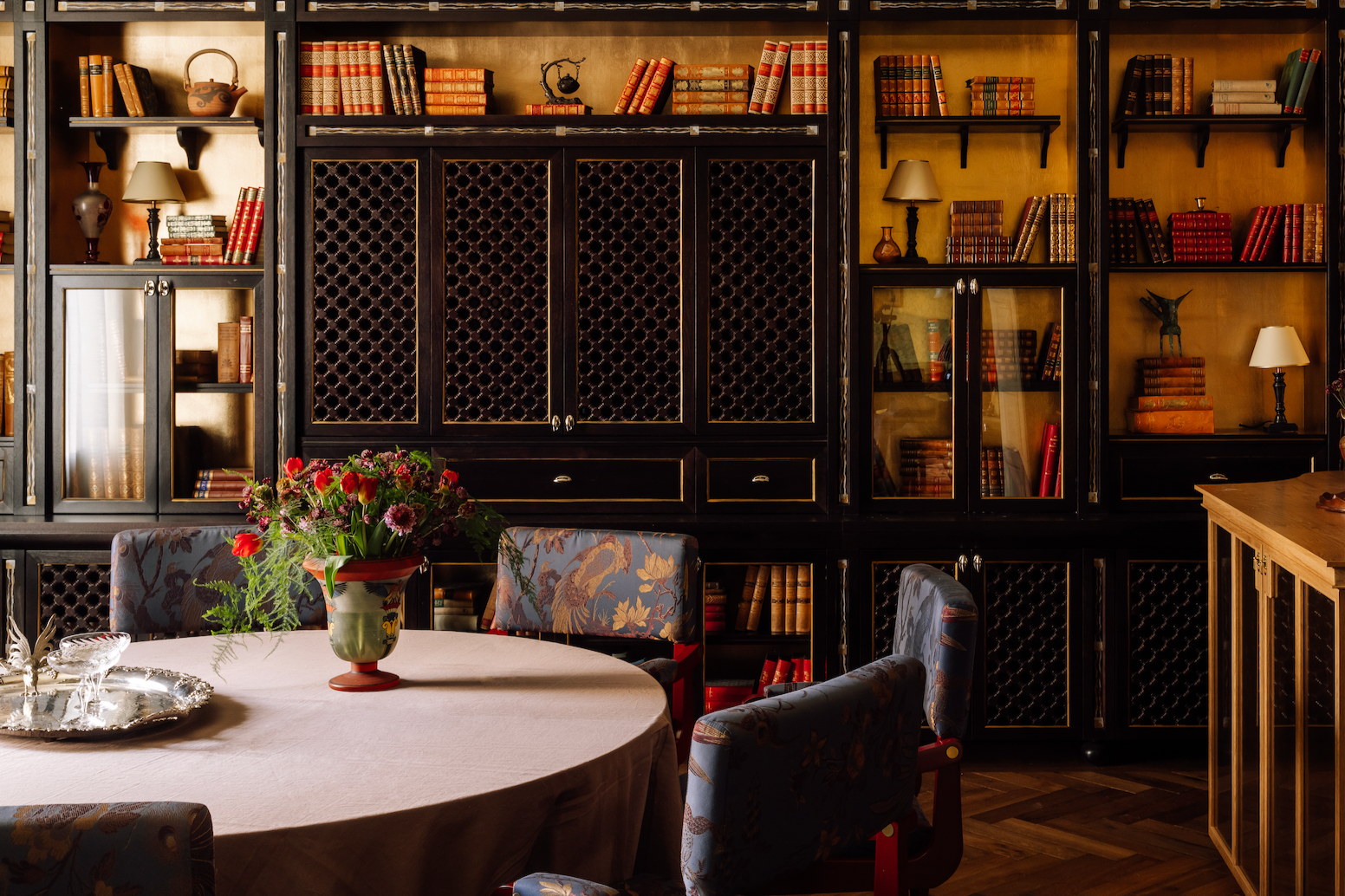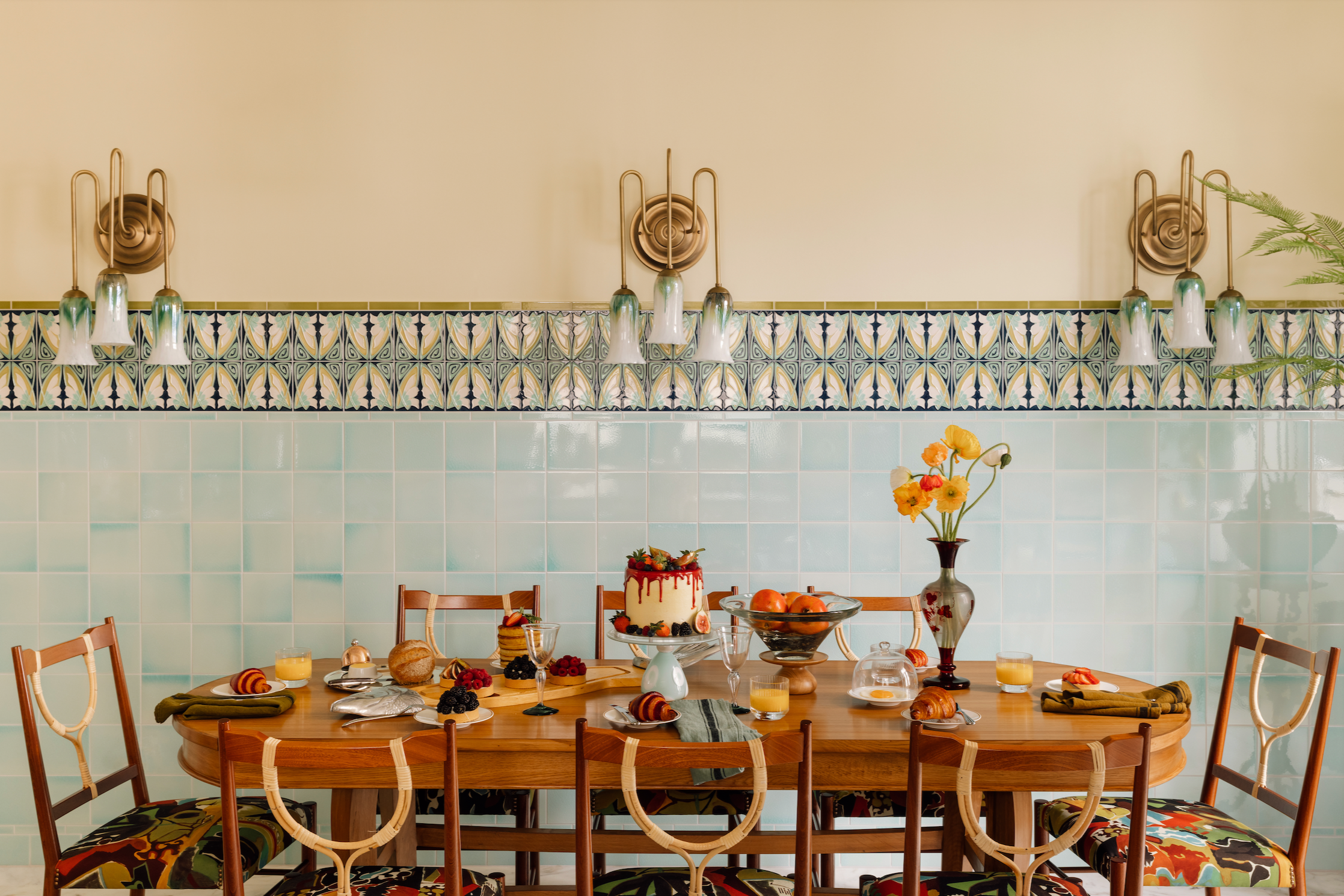VILLA INKOGNITO
Oslo, Norway
“Secluded, plush and convivial”
Discreet and indulgent, the Villa evokes the luxurious residential feel of the countryside retreat that it originally was. A boutique hotel with eleven rooms, a lounge, dining room, bar, snug, library, and villa kitchen – guests are free to roam and enjoy as they please. Residents can also indulge in all of the amenities of its neighbour and sibling, Sommerro House.
As part of a transatlantic creative partnership, Alice was the Design Director of this project, with Jonny at the helm of the drawing production, creating interiors that matched up to the quality of the existing historical detailing.
DESIGN INSPIRATION
Upon passing through the chromatic cleanse of the desaturated reception room, the villa features a series of sumptuously decorated and hued spaces. We worked with talented Norwegian makers of traditional wallpapers, ironmongery and lighting to achieve this, with the aim of creating a luxuriously residential and convivial experience. Artworks also provided the opportunity to celebrate Norwegian creativity both past and present, including prints from the Norwegian National Archives.
We took note of the influences of at that time, including Art Nouveau, Arts & Crafts plus Japanese motifs, as found in the work of textile artist Frida Hansen. Bathroom washstands featured hand-painted chinoiserie style scenes, inspired by Lars Hertevig’s 1865 portrait of gnarly Norse pine trees, and cabinets were inlaid with marquetry, recalling 19th century Norwegian motifs.
BUILDING CONTEXT
The land was bought in 1752 by P.H. Barclay, as a summer residence from the centre of Oslo, who named his summer residence ‘Inkognito’ in reference to its peaceful, bucolic surroundings.
The current villa was built in 1870 for a local shipping merchant, with a blended architectural style of Italian renaissance, Greek classic and Germanic. The city now envelops the Villa, but still retains its tranquil feel, set within the elegant district of Frogner.
Images courtesy of Villa Inkognito, by Francisco Nogueira.






















